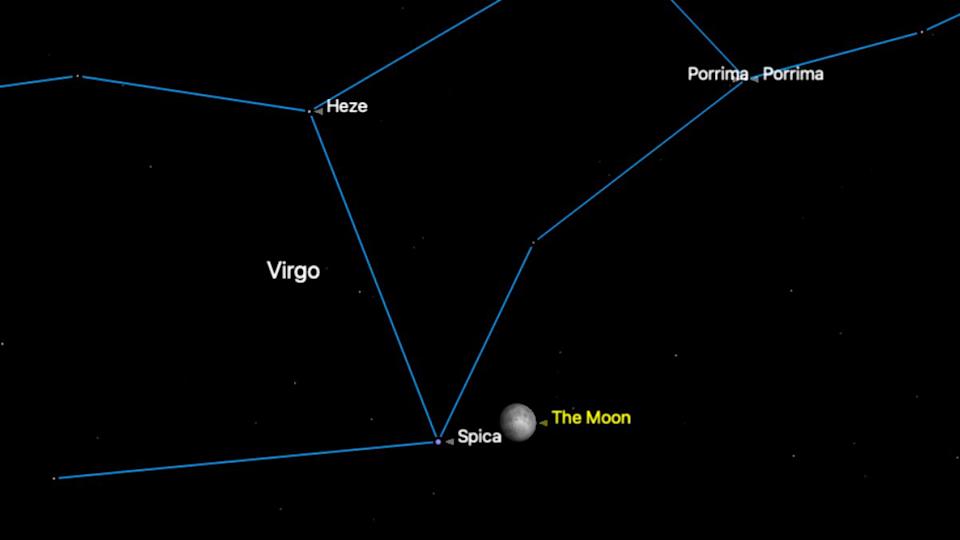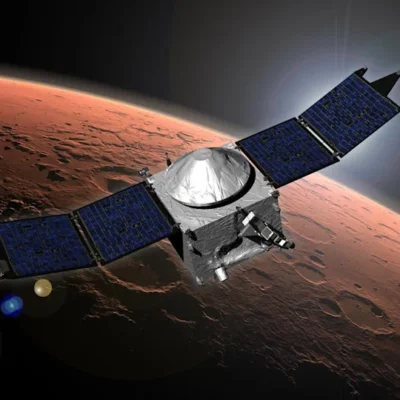On the evening of May 9, stargazers around the world will be treated to a breathtaking astronomical event—a close approach between the waxing crescent moon and the brilliant star Spica, the brightest point in the constellation Virgo. This elegant pairing in the night sky offers more than just a pretty sight; it serves as a vivid reminder of the complex, dynamic relationships between celestial bodies in our solar system and beyond.
Whether you’re an avid backyard astronomer or a casual skywatcher, this event is worth stepping outside for.
A Celestial Rendezvous Explained
The moon and Spica will appear close to each other in the sky, a phenomenon known as a conjunction. Though they are nowhere near one another in space—the moon is about 384,000 kilometers from Earth, while Spica lies a staggering 250 light-years away—they will appear near each other from our perspective here on Earth due to the alignment of their positions in the sky.
This apparent proximity creates the illusion of a “meeting” in the night sky. On May 9, observers in much of the world will see the moon just a few degrees away from Spica in the southeastern sky after sunset. The moon will be in its waxing crescent phase, roughly 27% illuminated, casting a soft glow that complements the blue-white sparkle of Spica.
What Makes Spica Special?
Spica (Alpha Virginis) is a fascinating star system. What appears to us as a single bright star is actually a spectroscopic binary, consisting of two massive stars that orbit each other very closely—so closely, in fact, that their individual light signatures blur into one when viewed through conventional telescopes. Together, these stars are around 20,000 times more luminous than the Sun.
Located in the heart of the Virgo constellation, Spica has long been used for navigation and calendar keeping. In ancient cultures, the star marked seasonal changes, particularly the onset of the harvest. It is also one of the 20 brightest stars visible from Earth, making it an easy target even for amateur astronomers.
How and When to Watch
To witness this conjunction, head outside just after sunset on May 9 and look toward the southeastern sky. You won’t need a telescope or even binoculars—this event will be visible to the naked eye, assuming clear skies. The moon’s soft crescent will act as a beacon, helping guide your eyes to Spica’s shimmering point nearby.
In North America, the best time for viewing will be between 8:30 p.m. and midnight local time. The moon will set before dawn, so earlier observation is recommended. Viewers in Europe, Asia, and parts of Africa will also enjoy excellent visibility, although the exact timing and positioning will vary slightly by region.
Photographers may want to capture the scene with a telephoto lens, as the contrast between the moon’s surface features and Spica’s pinpoint brilliance can result in striking images.
Why Events Like This Matter
While the moon-Spica conjunction may seem like a minor occurrence, these events play an important role in our understanding of celestial mechanics. They are a direct consequence of the ecliptic plane—the path the sun, moon, and planets follow across the sky. Because both the moon and Spica lie near this plane, their apparent proximity happens regularly, though not always under favorable viewing conditions.
Such conjunctions also serve an educational purpose. They provide accessible opportunities for public engagement in astronomy and act as gateway experiences for those new to skywatching. Watching these predictable interactions helps us appreciate the patterns and rhythms of the cosmos, from the 29.5-day lunar cycle to the annual revolution of Earth around the Sun.
Final Thoughts: The Sky’s Grand Choreography
The moon’s gentle pass by Spica on May 9 is more than a pretty pairing—it’s a reminder of the intricate clockwork of the heavens. These silent, distant players move in timeless harmony, their paths crossing from our vantage point in beautiful and sometimes poetic ways.
So if the skies are clear in your part of the world, take a moment to look up. This “celestial dance” may last only a few hours, but its impact—both visual and emotional—can be profound. After all, in a universe as vast and complex as ours, it’s comforting to witness these fleeting moments of alignment.





